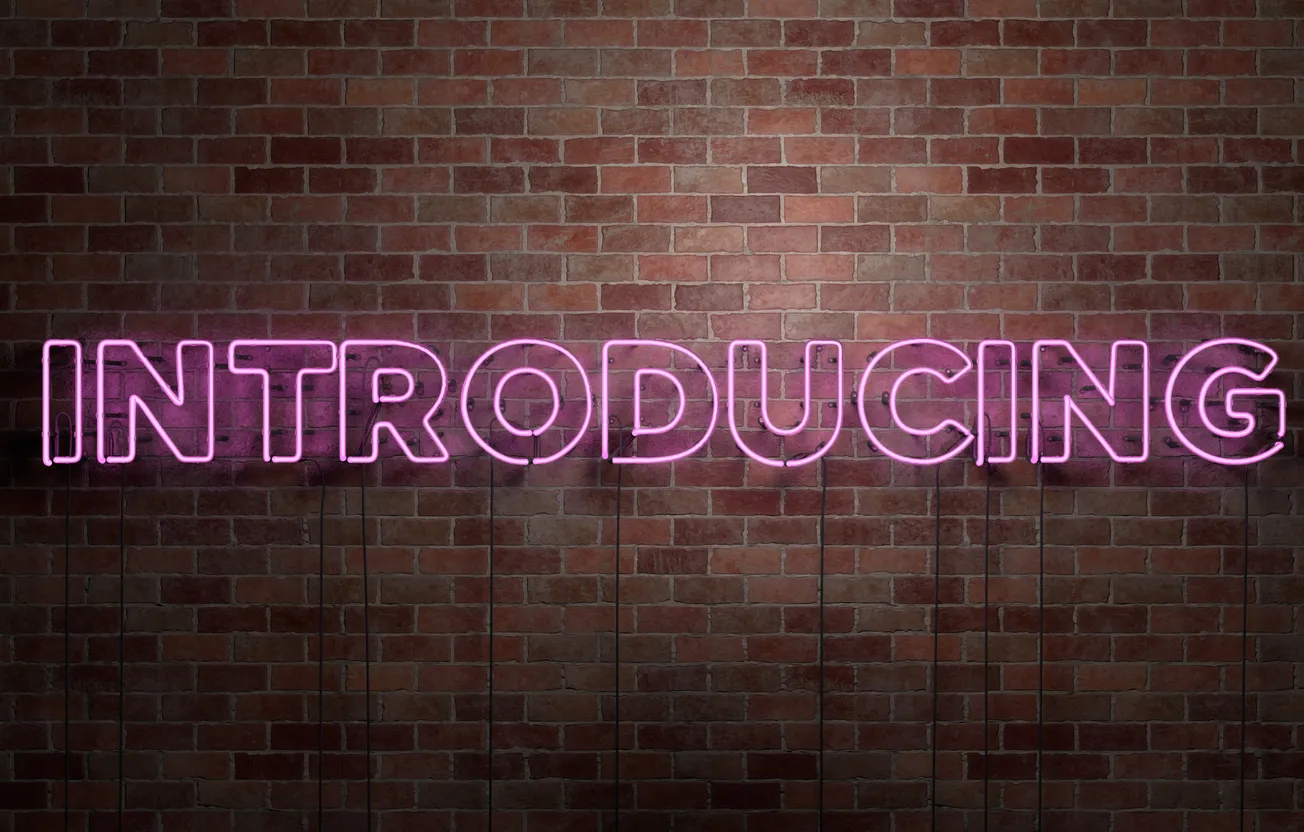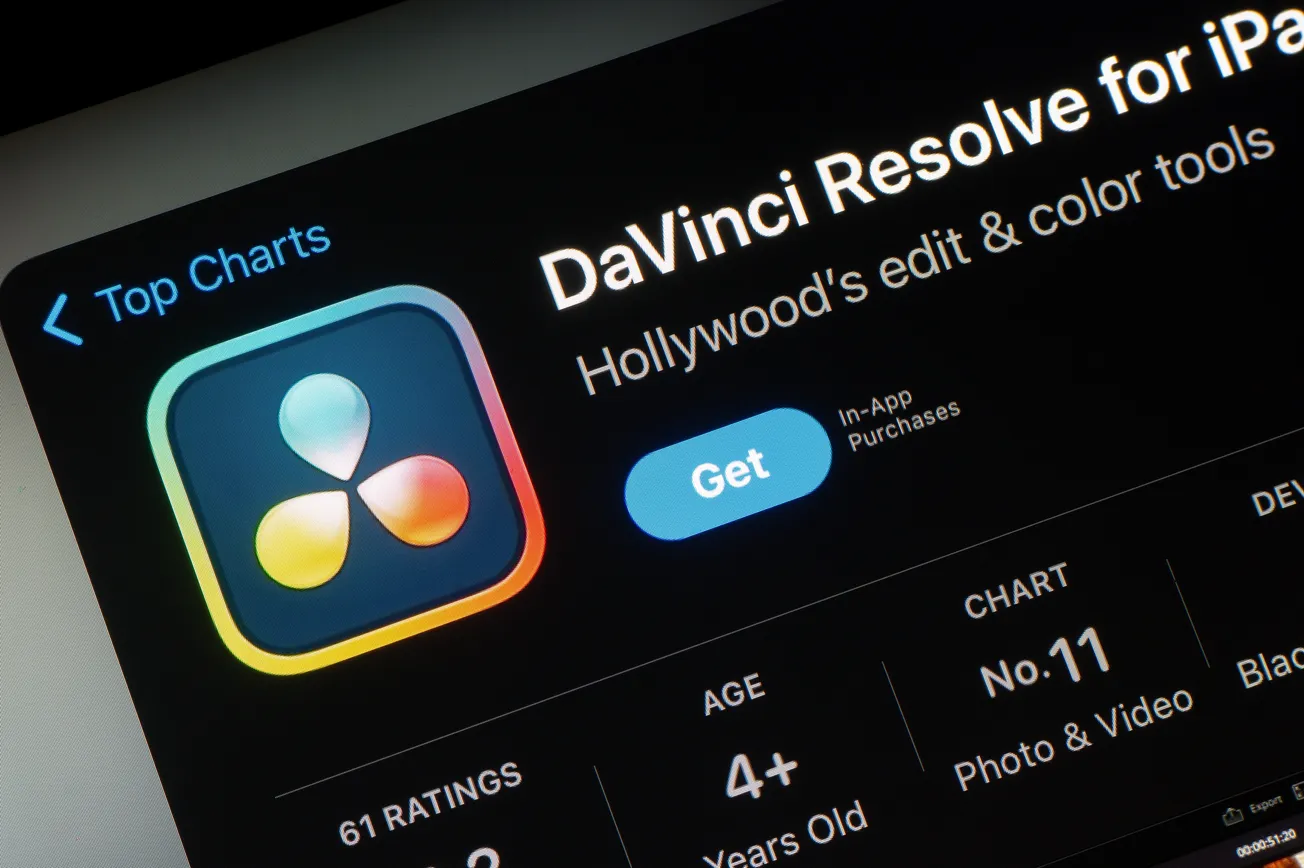The intersection between traditional media audiences—particularly newspaper readers—and podcast listeners has garnered considerable attention amid rise of digital platforms and a significant shift in audience consumption habits.
This convergence is not only reshaping how content is consumed but also influencing the strategies of media outlets aiming to stay relevant in an increasingly digital world.
Recent data from research firm The Media Audit highlights a notable correlation between newspaper readership and podcast listenership. Individuals who engage with daily newspapers are more inclined to listen to podcasts regularly.
This trend suggests that traditional print media consumers are embracing digital audio content, viewing it as a complementary source of information and entertainment. The overlap can be attributed to several factors. Newspapers and podcasts both cater to audiences seeking in-depth analysis and comprehensive coverage of topics. The long-form nature of podcasts allows for detailed discussions, mirroring the thorough reporting found in quality journalism.
Moreover, the convenience of podcasts enables newspaper readers to consume content on the go, fitting seamlessly into their daily routines. Unlike print media, which requires dedicated reading time, audio content can be integrated into activities such as commuting, exercising, or household chores.
This crossover between newspapers and podcasts is not an isolated phenomenon but part of a broader trend in media consumption. The convergence extends beyond print to other traditional formats such as radio and television.
While traditional radio offers scheduled programming, podcasts provide on-demand content, allowing listeners to choose what and when to listen. This flexibility has attracted a segment of radio listeners who prefer greater control over their media consumption. Notably, only a small percentage of podcast listeners consume content exclusively through podcasts, indicating substantial overlap with other media platforms, including radio.
Television networks have also recognized the potential of podcasts to reach wider audiences. Many have ventured into podcast production, creating content that complements their TV programming.
This strategy not only repurposes existing content but also attracts viewers who prefer audio consumption, thereby expanding their reach. The episodic and serialized formats common in television find a natural counterpart in podcasts, making the transition between the two mediums seamless for audiences.
A key question emerging from this trend is whether newspaper readers are gravitating primarily toward audio-only podcasts or favoring audio-video formats.
While traditional podcasts were historically audio-based, the rise of platforms such as YouTube, Spotify, and Apple Podcasts has expanded the medium to include video elements. Many news organizations and independent podcasters are now producing video versions of their podcasts, recognizing the growing appeal of visual content.
Newspaper readers, accustomed to text-based journalism, may find audio-only formats appealing as an extension of their reading habits, particularly when seeking in-depth analysis or interviews that complement their news consumption. However, video podcasts offer additional engagement through visual storytelling, facial expressions, and multimedia elements that enhance the listening experience.
YouTube, in particular, has played a significant role in transforming podcast consumption habits.
As the second-largest search engine in the world, YouTube has become a major distribution platform for podcasts, particularly those with a news or educational focus. Newspaper readers who traditionally sought in-depth analysis from print media may find value in visually enhanced podcasts that feature charts, on-screen text, and interviews with experts. These elements provide a richer context to complex topics, mirroring the investigative depth of newspaper journalism.
However, the preference for audio-only versus audio-video content often depends on the listener’s lifestyle. Those who consume media while multitasking, such as during commutes or workouts, may prefer audio-only formats. Meanwhile, individuals who engage with podcasts at home, particularly through smart TVs or desktop devices, may appreciate the added visual dimension.
Several factors are driving the convergence between newspaper readers and podcast listeners, as well as the broader integration of traditional media with digital audio formats. One of the most significant drivers is demographic shifts.
Podcasts have garnered a younger audience, a demographic that traditional media outlets are keen to engage. By offering podcast content, these outlets can reach individuals who prefer digital and on-demand media consumption. This strategy helps capture the attention of millennials and Gen Z, who are pivotal consumer groups in today’s market. The generational shift is crucial, as younger audiences increasingly consume news through digital platforms rather than traditional print subscriptions.
Another major factor is the depth and flexibility of podcast content.
Traditional media, particularly newspapers, have long been valued for their ability to provide in-depth reporting and investigative journalism. Podcasts allow for an extension of this depth, enabling media organizations to delve further into stories beyond the constraints of print or broadcast formats. This enhances storytelling and audience engagement, providing listeners with comprehensive insights that might not be feasible in traditional media due to time or space limitations.
Podcasts offer an opportunity for slow journalism, where complex issues can be explored in greater detail through multi-part series or expert interviews, something that is often difficult to achieve in the fast-paced news cycle of daily newspapers.
Adapting to digital trends is another key element in this shift.
As media consumption increasingly moves online, traditional outlets are adopting podcasts to remain relevant. This adaptation helps them maintain their audience base and attract new listeners who favor digital content. Embracing podcasts allows traditional media to stay competitive in a landscape where digital platforms dominate.
For many legacy media brands, podcasts serve as an entry point into digital-first journalism, providing an opportunity to connect with audiences in a more conversational and engaging manner. The success of major newspapers such as The New York Times, The Washington Post, and The Guardian in the podcast space highlights the effectiveness of this strategy.
Audience engagement and trust also play a crucial role in the appeal of podcasts to newspaper readers.
Podcasts foster a sense of intimacy and authenticity, creating a loyal and trusting relationship between hosts and listeners. This trust is invaluable to traditional media outlets seeking to build or rebuild credibility with their audiences. In an era of declining trust in mainstream media, many consumers appreciate the transparency and personal nature of podcasts.
When a podcast host discusses a topic or conducts an interview, it often feels more like a personal conversation than a detached news report. This sense of connection is something that traditional media brands are increasingly leveraging to maintain audience loyalty.
The rise of podcasts reflects broader trends in media consumption, with audiences demanding flexibility, depth, and authenticity in content.
The ability to listen to podcasts at any time and place aligns with the fast-paced lifestyles of modern consumers. Moreover, the diverse range of podcast topics caters to niche interests, allowing listeners to find content that resonates with their specific preferences. This personalization contrasts with the one-size-fits-all approach often associated with traditional media.
Additionally, the decline in trust towards mainstream media has led audiences to seek alternative sources of information. Podcasts, often hosted by individuals perceived as relatable and unbiased, have become a preferred medium for many. This shift challenges traditional media outlets to adapt their content delivery and engagement strategies to regain audience trust.
Looking ahead, the convergence between traditional media audiences and podcast listeners is likely to continue evolving.
Many media organizations are investing in podcast infrastructure, recognizing its potential as a long-term revenue stream through sponsorships, subscriptions, and advertising. The digital nature of podcasts allows for detailed audience analytics, providing insights into listener behavior and preferences. Traditional media can leverage this data to tailor content and marketing strategies effectively.
The expansion of video podcasts is another area of growth, with platforms such as YouTube, TikTok, and Instagram playing an increasing role in podcast distribution. While audio-only formats will continue to thrive due to their convenience, video podcasts offer an opportunity for media brands to engage audiences through a multi-sensory experience.
Ultimately, the intersection of newspaper readership and podcast listenership reflects a broader transformation in media consumption habits. Traditional print media audiences are not abandoning journalism but rather expanding their engagement through new formats that align with their lifestyles.
Whether through in-depth audio reports, video-enhanced discussions, or hybrid formats that combine text and multimedia, the future of journalism is increasingly intertwined with the rise of podcasting.








